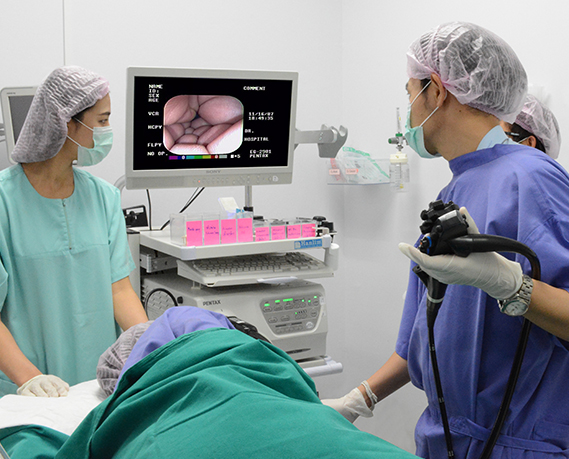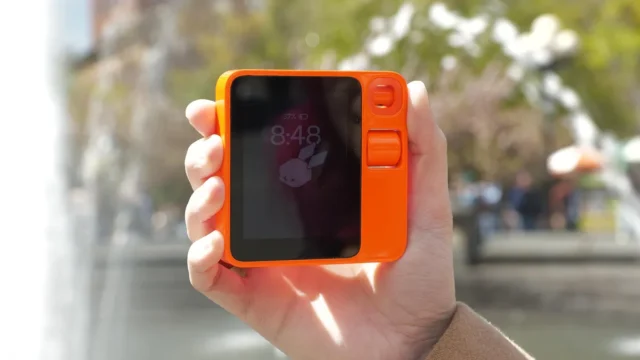In recent decades, the development of robotics and artificial intelligence (AI) has advanced hand in hand, bringing us closer to a reality where humanoid robots become part of our everyday lives. While these robots once existed only in science fiction, major technology companies are now working to make humanoid robots practical and accessible for home use.
In this article, we explore the current state of home humanoid robot development, their technological foundations, the role of AI, major challenges, ethical concerns, and future trends.
What is a humanoid robot?
A humanoid robot is one that resembles humans in structure, movement, or behavior. This doesn’t necessarily mean it looks fully human, but it typically:
-
Walks on two legs
-
Has arms and hands
-
Mimics human motions
-
Communicates through speech or gestures
-
Senses and perceives its environment
The goal of home humanoid robots is to assist with household tasks, provide companionship, support caregiving, and even offer educational functions.
The central role of artificial intelligence
Without AI, modern humanoid robots wouldn’t exist. AI provides the cognitive abilities that allow robots to:
-
Process sensor data
-
Recognize and distinguish objects
-
Adapt to changing environments
-
Understand and process speech and text
-
Make contextual decisions
-
Continuously improve through machine learning
AI enables robots not only to follow pre-programmed commands but also to solve problems independently.
AI applications in humanoid robots
-
Computer vision: facial, object, and obstacle recognition
-
Natural language processing (NLP): understanding conversations and commands
-
Machine learning: optimizing movements and learning behaviors
-
Predictive analytics: anticipating environmental or task changes
-
Emotional AI: recognizing and simulating emotions
Current developments and companies
Several major companies have launched home humanoid robot development projects:
Tesla Optimus
-
Developed by Elon Musk’s company.
-
Primary goal: factory work and, later, household assistance.
-
Capable of lifting objects, walking, and maintaining balance.
-
AI-controlled motion coordination and object recognition.
Figure AI
-
Focused on general-purpose humanoid robots.
-
Uses AI to learn new movements and solve tasks autonomously.
-
Emphasizes social interaction capabilities.
Boston Dynamics
-
Known for advanced motion dynamics in robots like Atlas (not primarily home-focused).
-
Their breakthroughs may eventually transfer to household robot designs.
Xiaomi CyberOne
-
First humanoid prototype from the Chinese tech giant.
-
Can engage in conversation, recognize moods, and follow gestures.
-
Equipped with advanced AI-powered speech processing.
Potential functions of home humanoid robots
-
Household chores: vacuuming, tidying, laundry preparation
-
Elderly care: medication reminders, physical assistance, supervision
-
Childcare: entertainment, education, homework assistance
-
Social interaction: conversation, companionship, cognitive stimulation
-
Security: intrusion alerts, danger detection
Currently, few of these functions are fully reliable, but rapid development is closing the gap toward practical application.
Technological challenges
Developing home humanoid robots is extremely complex:
-
Stable walking: maintaining balance on two legs in dynamic environments
-
Precise object handling: managing fragile or various-sized items
-
Environment recognition: mapping cluttered, changing home spaces
-
Power supply: long operating times on battery
-
Real-time decision-making: preventing accidents and avoiding obstacles
-
Security: data protection and hacking prevention
Each of these challenges requires separate AI subsystems, sensors, and advanced algorithms.
Ethical and social questions
The rise of humanoid robots raises many ethical dilemmas:
-
Privacy: how much household data should robots collect?
-
Job displacement: which professions could robots replace?
-
Human relationship replacement: can robots substitute social connections?
-
Accountability: who is responsible for accidents or mistakes?
-
Manipulation of vulnerable individuals: how to protect children and the elderly?
Developers and lawmakers must address these concerns in parallel with technological advancement.
Future trends
-
Better batteries: longer operating times
-
5G and 6G cloud AI: robots accessing cloud computing power
-
Advanced sensors: more accurate environment perception
-
Multilingual communication: AI-powered language learning
-
Ethical standards: creation of international robotics ethics protocols
-
Conversational AI evolution: more natural, human-like conversations
In the next 10 years, the first widespread commercial releases are expected, initially at premium prices, followed by gradual price drops.
Frequently asked questions
When will the first truly functional home humanoid robots appear?
Prototypes may appear between 2025 and 2027, with mass adoption likely after 2030.
How much will these robots cost?
Initial prices may range from $10,000 to $50,000, depending on technology and features.
Can a humanoid robot be dangerous?
Technically yes, if not properly secured; cybersecurity is crucial.
Who will regulate their use?
Likely a combination of international organizations, government agencies, and ethics boards.
Which jobs may be replaced first?
Caregiving, household assistance, receptionists, and light physical labor roles.
The fusion of AI and robotics brings the age of home humanoid robots ever closer. While many technological, legal, and ethical challenges remain, progress is accelerating rapidly. In the coming years, we may witness robots becoming part of our daily lives, performing valuable roles within our homes.
Image(s) used in this article are either AI-generated or sourced from royalty-free platforms like Pixabay or Pexels.
Did you enjoy this article? Buy me a coffee!






